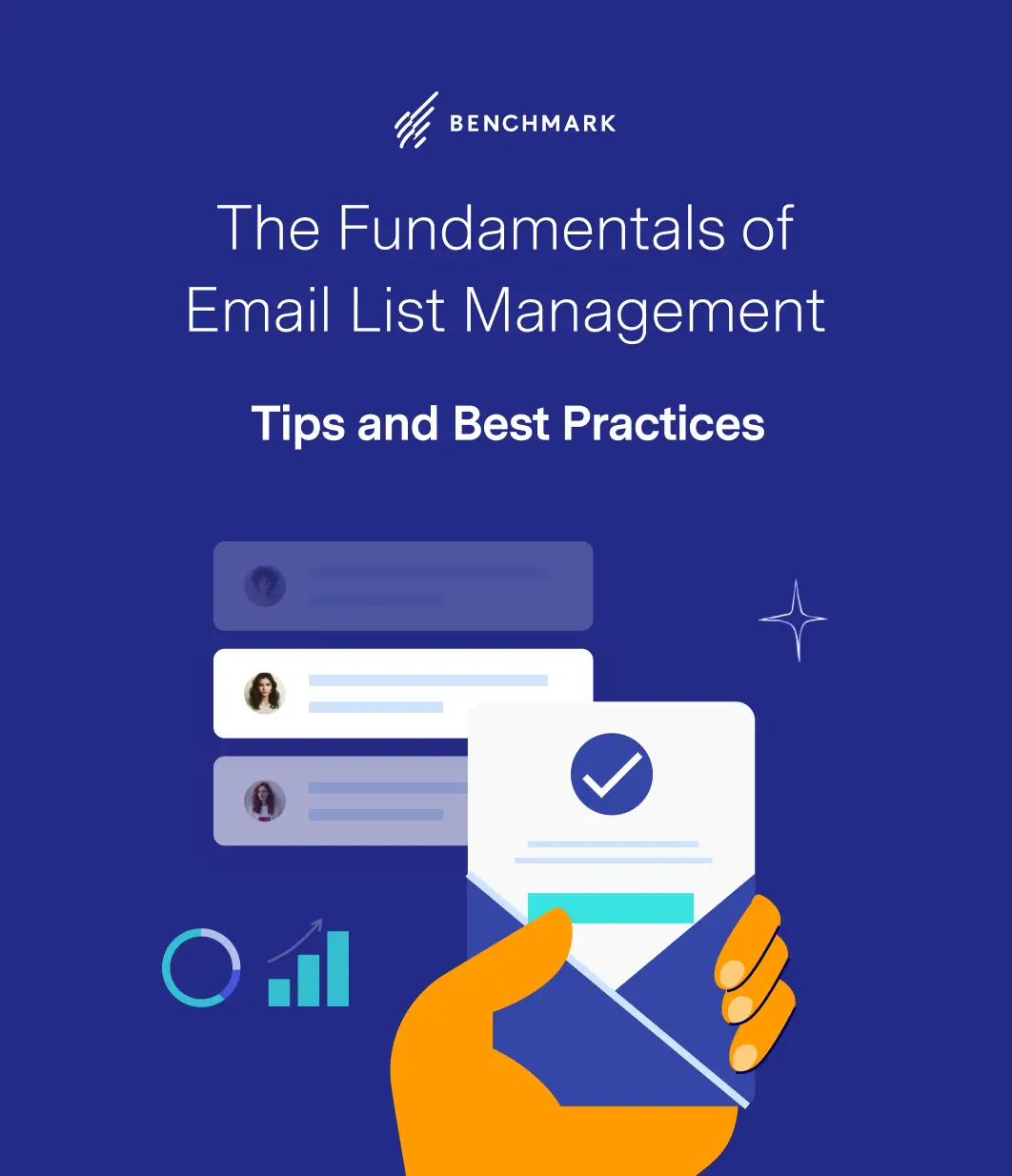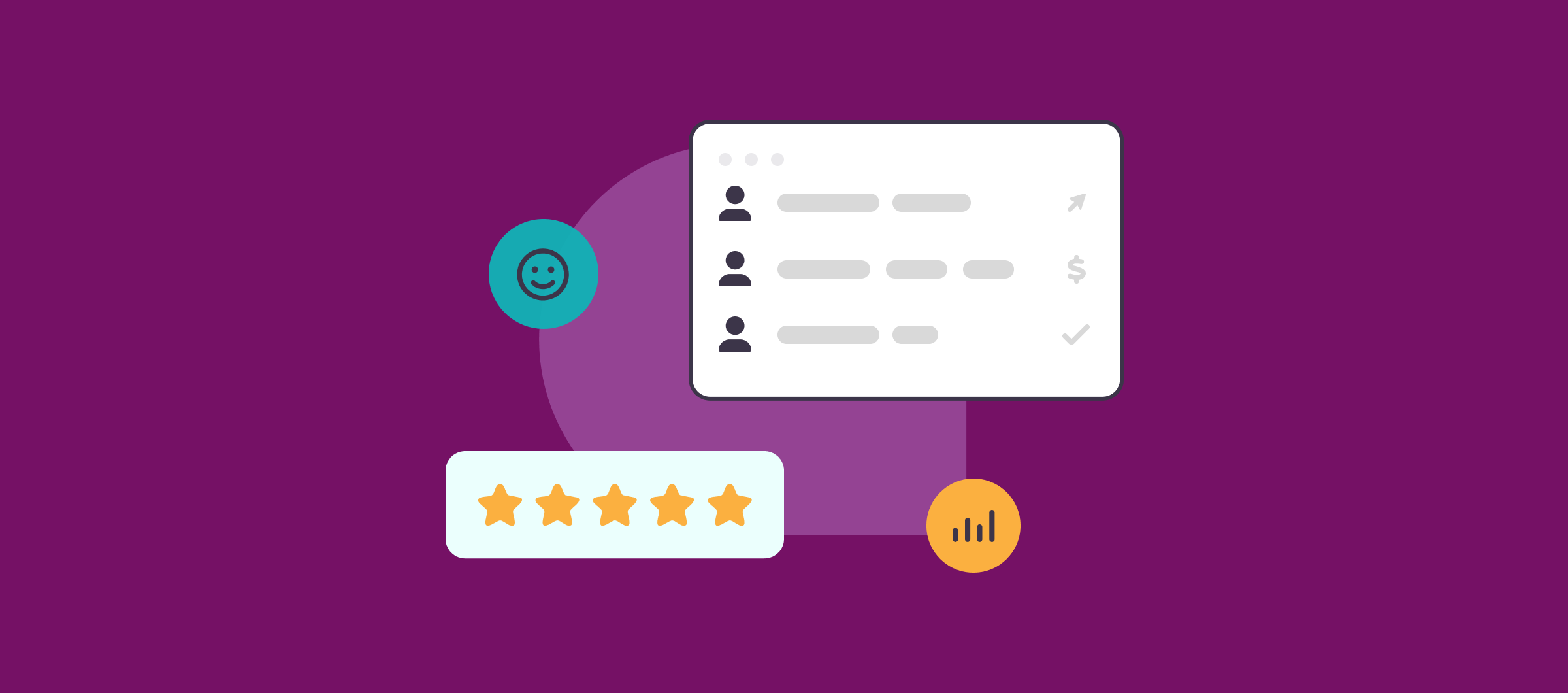Email Marketing on Autopilot: A Quick-Start Guide for Marketers Wearing All the Hats
June 26, 2025 4 min read

If you’re a marketer juggling multiple responsibilities—from content creation and social media to analytics and customer support—email marketing automation can be your secret weapon. It enables you to engage your audience effectively and consistently without adding to your already full plate. In this guide, you’ll learn how to set up simple automated email campaigns that nurture leads, welcome new subscribers, and drive engagement—all while saving you precious time and effort.
Why Automate Your Emails?
Email automation refers to sending the right message to the right person at the right time, without requiring manual intervention to trigger each email. This approach ensures you maintain consistent communication with your audience, improves engagement rates, and ultimately helps convert more leads into customers. Plus, automation gives you the time to focus on higher-level marketing strategies and other business priorities. Instead of crafting and sending every email yourself, you build workflows that do the heavy lifting, working quietly in the background to nurture your relationships.

Step 1: Select an Email Marketing Platform
Selecting the right platform is the foundation for successful automation. Look for tools that offer:
- User-friendly interfaces: Drag-and-drop editors and easy-to-navigate dashboards make setup faster and less frustrating.
- Automation features: The ability to create triggered email sequences, conditional workflows, and personalization options.
- Pre-built templates and workflows: Many platforms offer ready-made automation templates (e.g., welcome series, abandoned cart reminders) so you can get started quickly without reinventing the wheel.
- Robust analytics: Track open rates, click-through rates, conversions, and other key metrics.
Step 2: Build and Segment Your List
Before you automate, you need people to send emails to! Start collecting email addresses through multiple channels:
- Website sign-up forms: Pop-ups, embedded forms, or landing pages are great ways to capture interest.
- Social media: Offer downloadable resources or exclusive deals in exchange for email sign-ups.
- In-person events: Whether it’s a trade show, webinar, or workshop, collect emails through registration or signup sheets.
Once you have a list, segmentation is key to relevance. Don’t send the same generic email to everyone. Instead, segment your list based on criteria such as:
- Demographics: Age, location, job title.
- Purchase history: First-time buyers, repeat customers, high spenders.
- Engagement levels: Active subscribers vs. inactive ones.
- Behavior: Pages visited on your website, products viewed, past email interactions.
By sending targeted emails tailored to these segments, your messages resonate more and perform better.

Step 3: Set Up Essential Automated Email Campaigns
Here are some foundational automation sequences every marketer should consider:
- Welcome Series: When someone subscribes, greet them with a friendly introduction to your brand. Set expectations about what types of emails they’ll receive and share valuable content such as your best blog posts, product highlights, or customer testimonials.
- Lead Nurturing: Send educational emails that showcase your products and how you can help solve their problems. This helps keep your brand top of mind until they’re ready to make a decision.
- Abandoned Cart Reminders: For eCommerce, automated cart abandonment reminders can recover lost revenue. Include product images, descriptions, and special incentives to complete their purchase.
- Re-Engagement Campaigns: Identify subscribers who haven’t interacted with your emails for a while and send them targeted campaigns to rekindle interest. Offer special deals, request feedback, or simply remind them of the benefits of staying subscribed.
Step 4: Craft Compelling Email Content
Automation doesn’t mean boring or robotic emails. Make sure every email you send is engaging and relevant:
- Subject Lines: Your subject line is your first impression. Keep it concise, intriguing, and relevant to encourage opens. Testing different approaches (such as questions, urgency, and personalization) can help you determine what resonates.
- Personalization: Use your subscriber’s name and tailor the content based on their preferences or past behavior. Personalized emails often see higher open and click rates.
- Clear Call-to-Action (CTA): Each email should have one explicit action you want the reader to take, whether it’s making a purchase, signing up for a webinar, or reading a blog post. Use prominent buttons and concise language to guide them.
Step 5: Monitor and Optimize Your Campaigns
Automation is not “set it and forget it.” Regularly review your email performance metrics, such as:
- Open rates
- Click-through rates
- Conversions
- Bounce rates
- Unsubscribe rates
Analyze which emails perform well and which don’t. Use A/B testing to experiment with subject lines, send times, email copy, and CTAs to optimize results. Over time, you’ll gather valuable insights that help you refine your content, segmentation, and scheduling strategies.
Automating your email marketing doesn’t have to be complex or overwhelming. By setting up just a few essential automated campaigns and continuously optimizing them, you can maintain effective communication with your audience without sacrificing your time or sanity.
Start small. Begin with a simple welcome series or abandoned cart reminder. Then build from there as you gain confidence. Automation can help you nurture leads, boost sales, and stay connected to your customers while freeing you to focus on other important marketing tasks.
Embrace the power of email marketing on autopilot, and watch your business grow without wearing yourself out.
Benchmark Recommends
See all articles
Email Design Inspired by Physical Mail: What Marketers Can Learn from Direct Mail Aesthetics
Ultimate Guide to Email Marketing for Retail Businesses: (2025 Edition)
How to Use AI to Write Smarter Emails (Without Losing Your Voice)
A powerfully simple email marketing platform
Sign up for free to see how effortless email marketing can be.
Our Company
Compare
Solutions
Compare
Account
© Polaris Software, LLC 粤ICP备14001834号 Benchmark Email® is a registered trademark of Polaris Software, LLC
© Polaris Software, LLC 粤ICP备14001834号
Benchmark Email® is a registered trademark of Polaris Software, LLC



